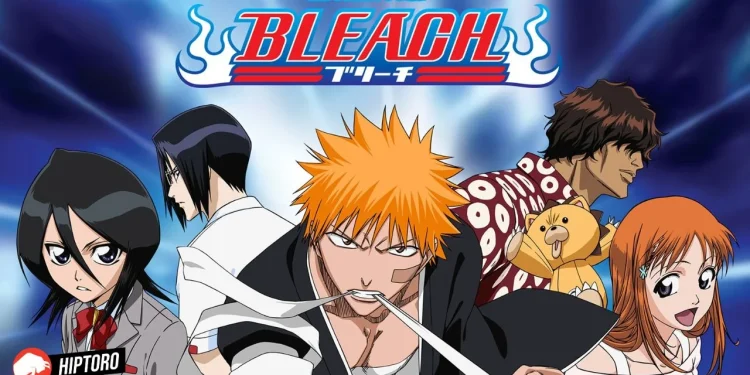The anime world witnessed a phenomenon with “Bleach,” a series that established itself as a cornerstone of the “Big Three.” Its zenith was arguably the Soul Society arc, a narrative masterpiece that captivated fans globally. Following the high-octane Arrancar saga, the franchise ventured into the Thousand-Year Blood War (TYBW) arc, a segment teeming with potential yet marred by missed opportunities and narrative shortcomings.
This critique aims to dissect and propose enhancements to the TYBW arc, ensuring that it aligns more closely with the expectations set by its predecessors while respecting the original vision of Tite Kubo.
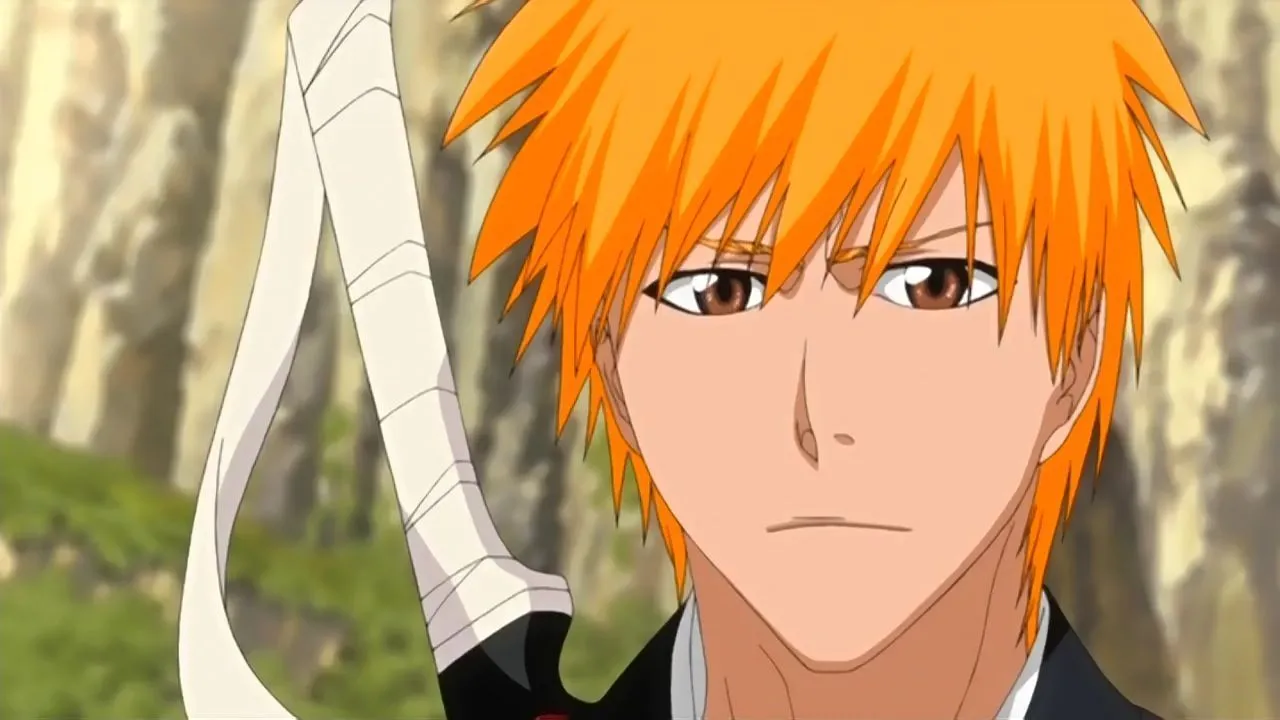
The Dilemma of Concluding Character Arcs: The Sajin Komamura Misstep
The TYBW storyline aimed to tie up numerous character arcs, with varying degrees of success. Take, for instance, Sajin Komamura. His journey, culminating in a contrived power-up and a subsequent regression into a wolf, left much to be desired. This arc failed to explore new facets of his character, a disservice to his established persona and the legacy of Captain Yamamoto.
Aesthetic Choices: The Battle Backdrops
The minimalistic approach of the original manga, characterized by sparse backgrounds, served a specific purpose – to accentuate the emotional states of the characters.
However, this stylistic choice translated poorly into the anime adaptation. The featureless skies and monochrome battlefields, while clean, robbed the series of visual vibrancy, a key element in its earlier success.
Soundscapes Redefined: Missing the Mark with Music
The original “Bleach” anime, blessed with Shiro Sagisu’s eclectic compositions, resonated deeply with its audience. The TYBW arc, despite some notable tracks, failed to recapture this auditory magic. It leaned towards a more subdued soundtrack, which, while competent, lacked the memorable impact of its predecessors.
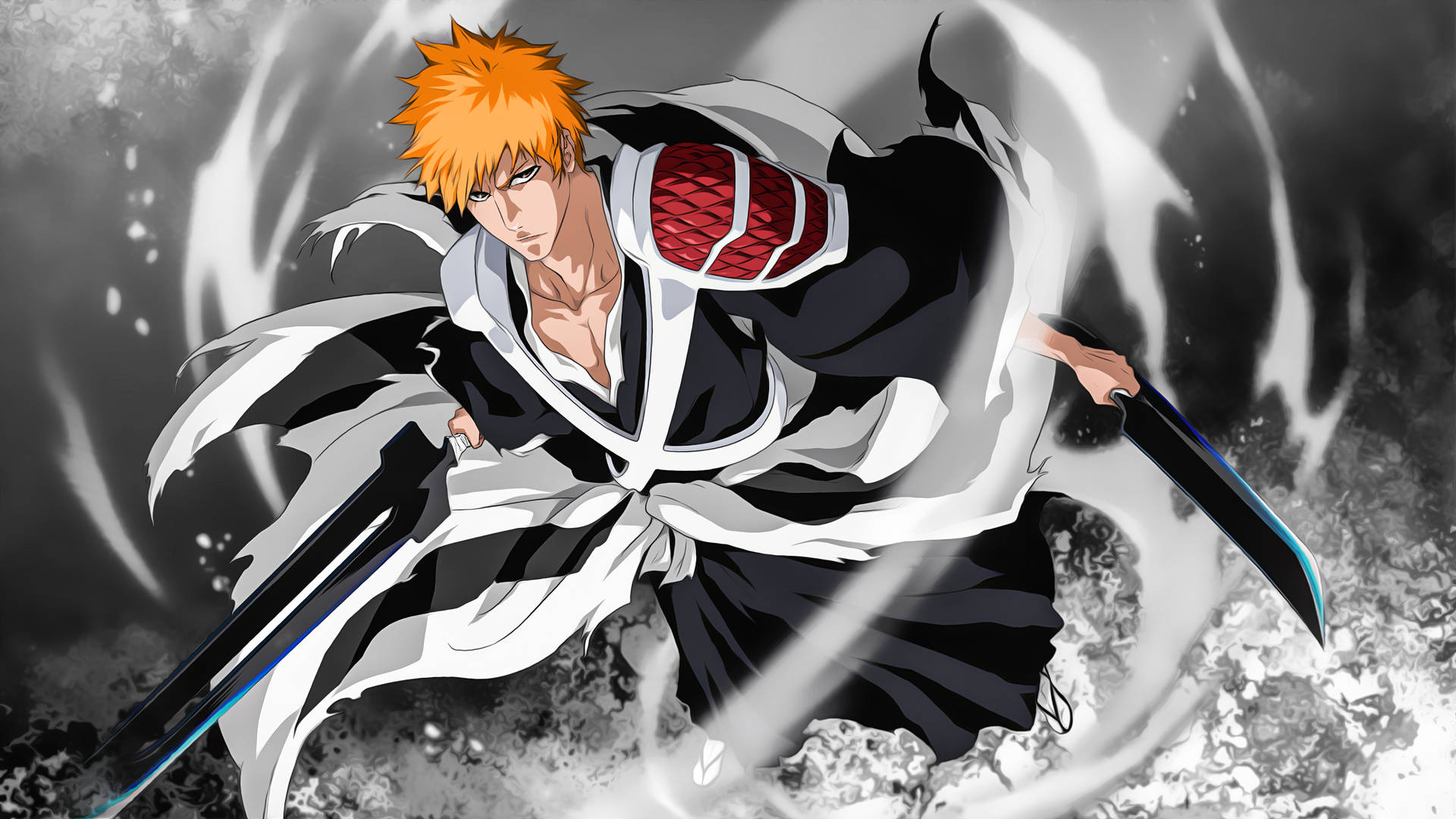
Minor Characters: The Lost Potential
“Bleach” has always juggled a vast array of characters, but the TYBW arc fell short in providing meaningful development for many of them. Lieutenant characters like Isane Kotetsu and Momo Hinamori were relegated to the background, their potential for growth left unexplored. This oversight diminished the richness of the “Bleach” universe.
Lighting and Color: The Overuse of Darkness
Visual storytelling in anime relies heavily on lighting and color. The TYBW arc, in its quest to convey a darker theme, often tipped the scale towards overly dim scenes. This choice, while thematically consistent, stripped the series of the vibrant hues that defined the original anime, affecting the overall visual appeal and viewer engagement.
The eyes in Bleach✨️
The entire cour 1 and 2 of Thousand Year Blood War arc are masterpieces in terms of animation, visual and adaptation 🔥#BLEACH #BLEACH_anime pic.twitter.com/N1NDh4g34y
— Ichigo_m (@bleach_fan20) January 11, 2024
The Tsundere Overload: A Redundant Narrative Device
“Bleach” has been known for its use of the tsundere archetype to create drama and humor. However, this trope became overused in the TYBW arc, especially with characters like Candice Catnipp and Bambietta Basterbine. Their predictable tempers and interactions felt redundant in a story arc that demanded more nuanced character dynamics.
Villain Saturation: The Sternritter Conundrum
The TYBW arc introduced the Sternritter, an overwhelming array of villains. This influx diluted the impact of each antagonist, unlike the carefully balanced Espada roster in previous arcs. A more focused approach, spotlighting key villains like Gerard Valkyrie and Askin Nak Le Vaar, would have allowed for deeper character exploration and more engaging conflicts.
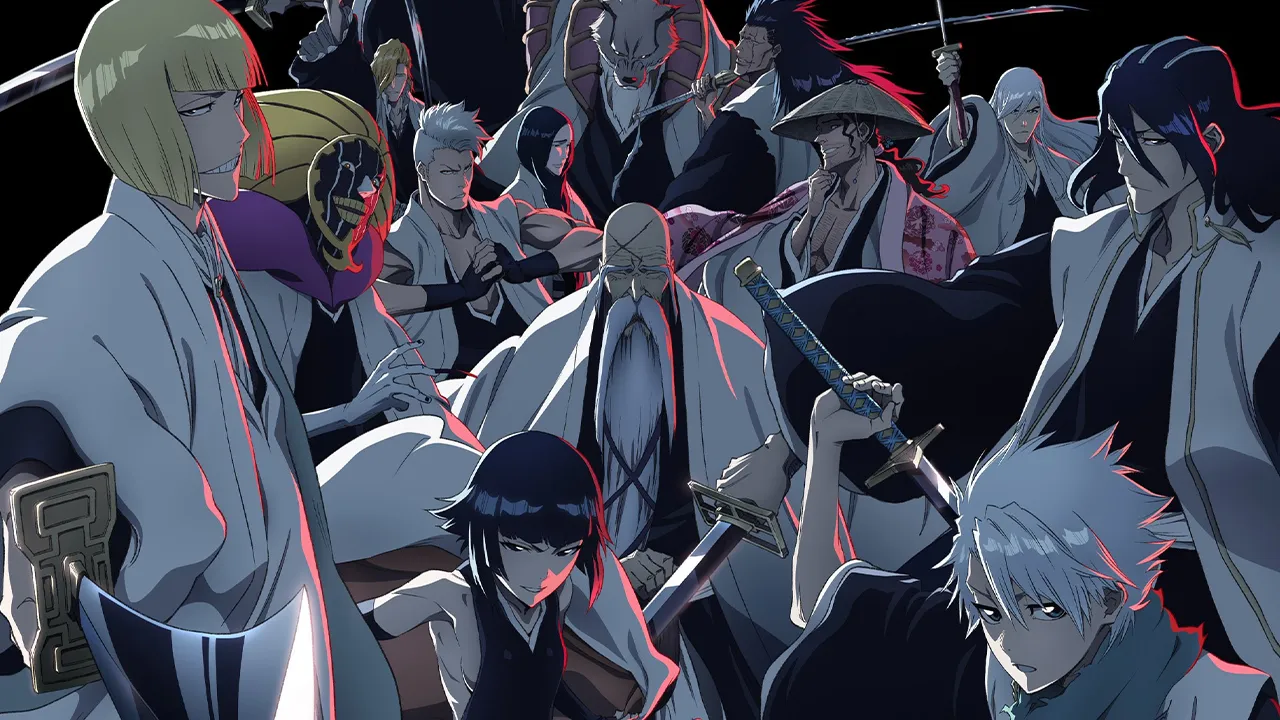
Rethinking Humor: From Forced to Fluent
In its early seasons, “Bleach” excelled in weaving humor into its narrative. However, the series later relied heavily on forced dialogue and predictable tsundere bickering. The final arc, demanding a more mature tone, needed a shift towards subtle wit rather than overt comedic interludes, which often felt out of place.
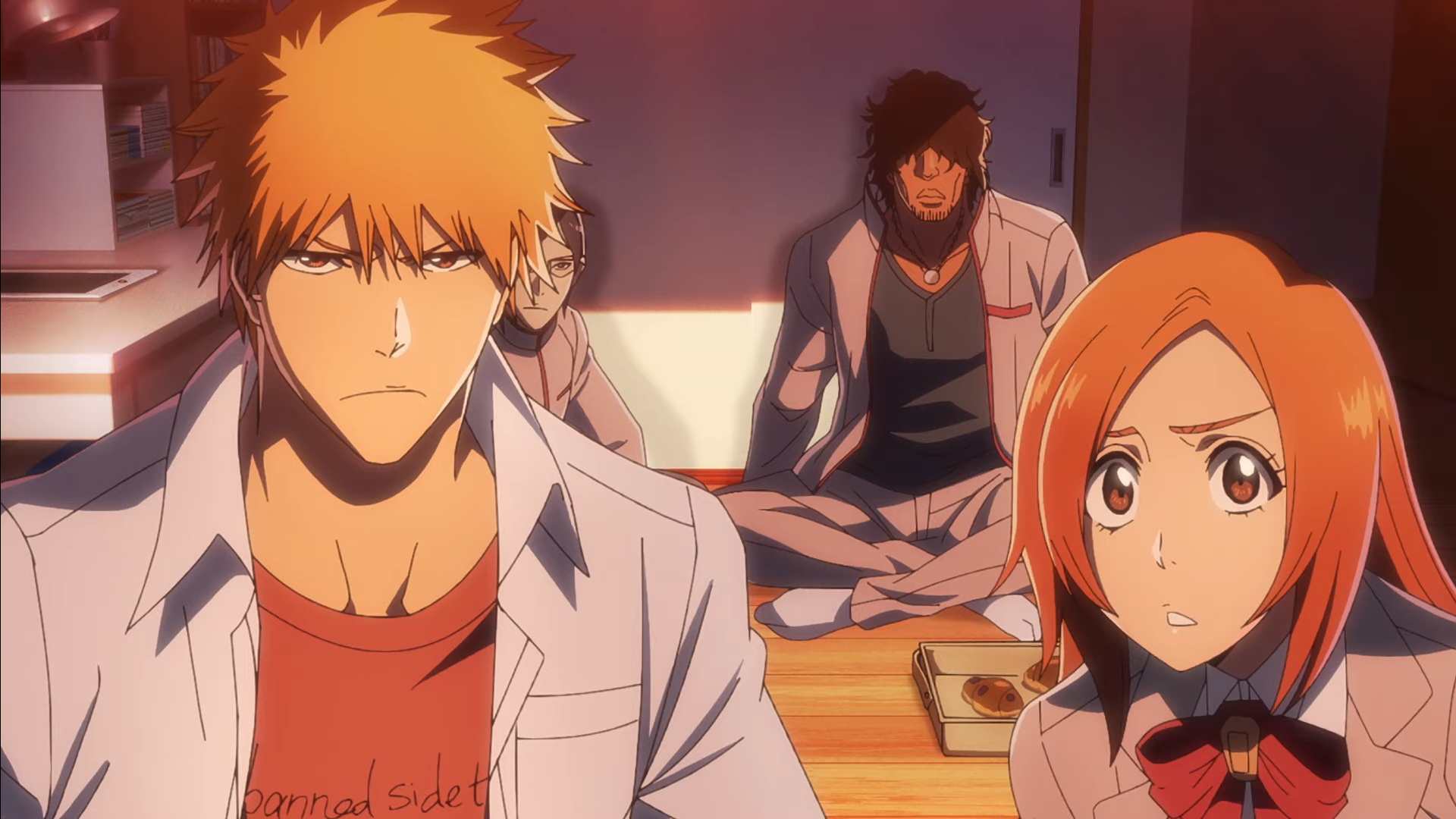
Power-Ups: Striking a Balance
The concept of sudden power-ups, a recurring theme in “Bleach,” often bordered on the implausible. While the TYBW arc attempted to moderate this, instances like Captain Toshiro Hitsugaya’s convenient new abilities felt contrived. A more strategic approach to character growth, akin to “My Hero Academia,” would have been more fitting.
Where Can You Watch ‘Bleach’ Online?
For the ultimate Bleach binge-fest in 2024, look no further than Hulu! This platform boasts all 366 episodes of the original series plus the fiery new “Thousand Year Blood War” arc, both subbed and dubbed, and accessible from anywhere in the world.
Netflix and Disney+ offer some Bleach goodness in select regions, but for the full Soul Reaper saga, Hulu’s your portal to Soul Society. Crunchyroll might tempt you with free subbed episodes in certain locations, but if you crave the complete adventure, with every Hollow fight and Bankai unleashed, Hulu’s where your Zanpakuto should be pointing!



